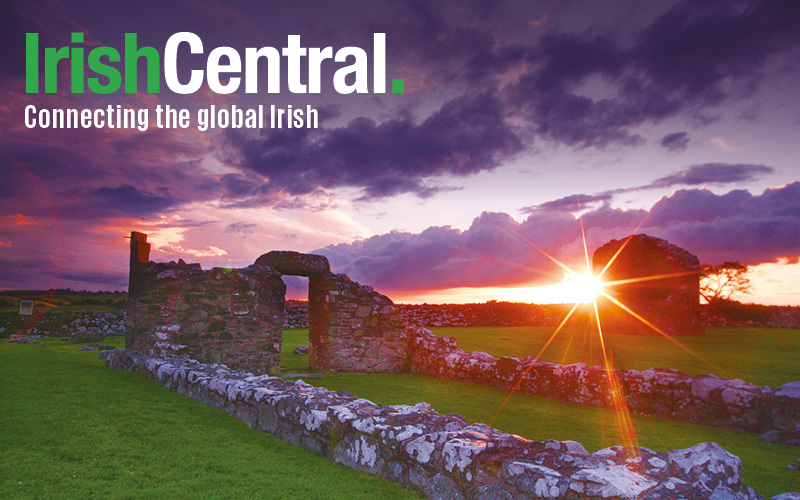The latest Iron Age bog body dating back to at least 2,000 BC was discovered near Portlaoise in the Irish Midlands
An expert has stated that the latest bog body found in Ireland has proven that belief that the Celts ritually sacrificed their kings to the Gods. The body also proves they underwent horrible deaths if the times turned bad under their reign.
The latest Iron Age bog body dating back to at least 2,000 BC was discovered near Portlaoise in the Irish midlands by an alert bog worker and it bears the same hallmarks of ritual torture that two other famous bodies have.
Ned Kelly, keeper of antiquities at the National Museum of Ireland told the Irish Examiner that a clear pattern has emerged in each case.
"We do not think of these bog bodies in the same way as we do axes or implements that are found," he said. "You have to remember that these are individuals and it is absolutely essential to deal with their remains in a dignified manner. There would be no justification for taking these bodies unless we do so with respect and with the serious intent to tell their stories on their behalf.
"I am quite convinced we are dealing with an Iron Age male, one who was subjected to a ritual killing. There are cuts and marks on the body that indicate that this is somebody who was done to death."
The body is linked closely to two other major finds, the discoveries of Old Croghan Man and Clonycavan Man, also found in Irish bogs, both of whom were ritually sacrificed.
Human sacrifice was apparently a normal part of the Celtic rituals, especially of kings in hard times.
"The killings tend to be excessive," Kelly, said "in that more is done to the bodies than would be required to bring about their deaths. Bog bodies may have their throats cut, been stabbed in the heart and have other cut marks. However, it is absolutely not torture, but a form of ritual sacrifice."
"The king had great power but also great responsibility to ensure the prosperity of his people. Through his marriage on his inauguration to the goddess of the land, he was meant to guarantee her benevolence. He had to ensure the land was productive, so if the weather turned bad, or there was plague, cattle disease or losses in war, he was held personally responsible."
At 6’6", Old Croghan Man, who was killed between 362 BC and 175 BC, was a giant of a man. he bore every appearance of a nobleman from his well-manicured soft hands to his diet, which was rich in meat.
Clonycavan Man was little more than 5 ft and used pine resin to keep his hair in place.
Kelly says Old Croghan Man died horribly, having holes cut in his upper arms through which a rope was pulled through in order to restrain him. He was stabbed repeatedly and he had his nipples sliced before he was finally cut in half.
Clonycavan Man was disemboweled and struck three times across the head with an ax and once across the body and also had his nipples cut.
Cutting the nipples was more than torture. The aim was to dethrone the king. "Sucking a king’s nipples was a gesture of submission in ancient Ireland," says Kelly. "Cutting them would have made him incapable of kingship in this world or the next."
"By using a range of methods to kill the victim, the ancient Irish sacrificed to the goddess in all her forms. This manner of death is peculiar to the ritual killing of kings. It means that a king was being decommissioned."
"I think it is important we treat them with respect. They have come down to us with a story to tell and it is our duty to tell that story on their behalf. If we do that, it will give added meaning to their lives."
* Originally published in December 2013.




Comments